The Science of Playing Dress-Up
Here at The Discovery Museums we like to point out the STEM (Science, Technology, Engineering, Math) in all things. From what you ate for breakfast, to the clothes you’re wearing, to how you got to the museum—there are rich STEM topics to explore and conversations to be had!
Many of our visitors are very young children, in fact according to our survey data 30.6% of our adult visitors bring along a 2 year old when they visit. These adults might wonder, what is STEM for a 2 year old, or, can a 2 year old really "do" STEM? Our response would be that a 2 year old is practicing STEM constantly!
Did you ever think about something as simple as playing dress-up as a great STEM activity? It is!
Dressing up allows children to experiment with different roles, materials, and behaviors. If I’m wearing a green cape, how do I act or behave differently? Are there abilities or properties that have changed? Also, are there things I still can’t do? If I change my costume, will my abilities change as well?
These are great introductory conversations to engineering! Specific materials have very specific properties. You use things differently based upon these properties, and if the material changes the properties can change as well. That conversation and questions around what the green cape is “cape”able of may be the exact same questions you ask yourself when thinking about what different tools are used for and why.
What if you dress up like a rabbit? How does the rabbit move, where does it go to hide, what is it looking for to eat, who does it run away from? When you pretend to be someone or something else, you have the opportunity to explore their attributes and characteristics. And given that these are hands-on, multi-sensory, kinesthetic experiences, they generally become more meaningful and memorable. This can create a great foundation that influences future experiences, such as reading a book about rabbits, or seeing one hop across the yard and being able to observe and ask more questions and draw more conclusions based on what you’ve already explored.
And how about finding the similarity in how things act or behave? If one person is dressed like a doctor and one is dressed like a teacher, how do they behave similarly or differently? How does it change if one of these people pretends to be a baby, or a turtle, or an astronaut? We start to categorize these characters as we predict how they will act: things that move fast, things that are fun, things that need to be taken care of. This is early practice for predicting, grouping, and sorting, and what great conversations you can have about things that are simultaneously different and the same.
Or perhaps this: how should I dress-up if I want to be able to run really fast and never get hot? This is a great technology and engineering challenge of starting with a problem and then thinking about the different ways of solving it. What do we already have available and what can we do with it? What do we know from previous experiences? How can this plan or idea be improved or enhanced?
So, when you see a 2 year old in the Train Room dressed as a conductor or one in the Ship Room dressed as a lobster, think about the questions he or she is asking and answering through play. Think of the science, technology, engineering, and math they are practicing and discussing. Think about how they are exploring and learning about the world around them. And, think about the important role you play in helping them to think about their questions. In the famous quote from Alison Gopnik of UC Berkeley, “It’s not that children are little scientists – it’s that scientists are big children. Scientists actually are the few people who as adults get to have this protected time when they can just explore, play, figure out what the world is like.”
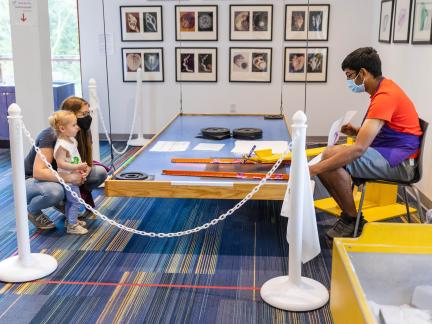
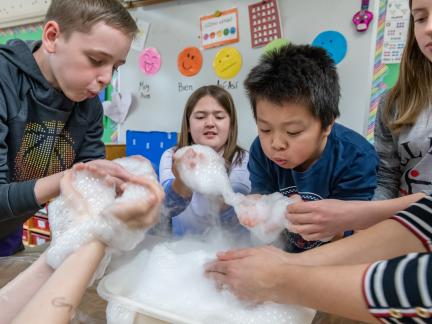
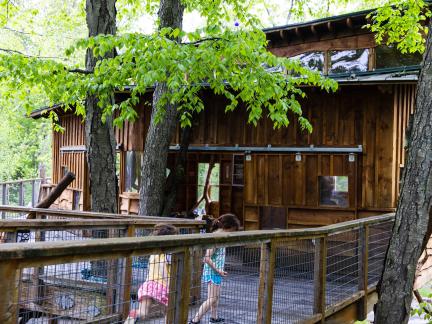
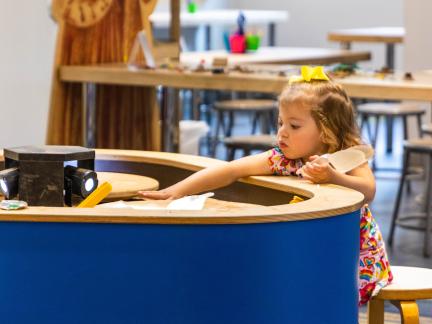

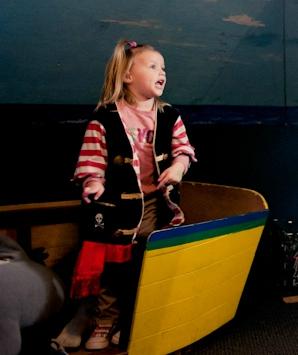

Comments
Add new comment